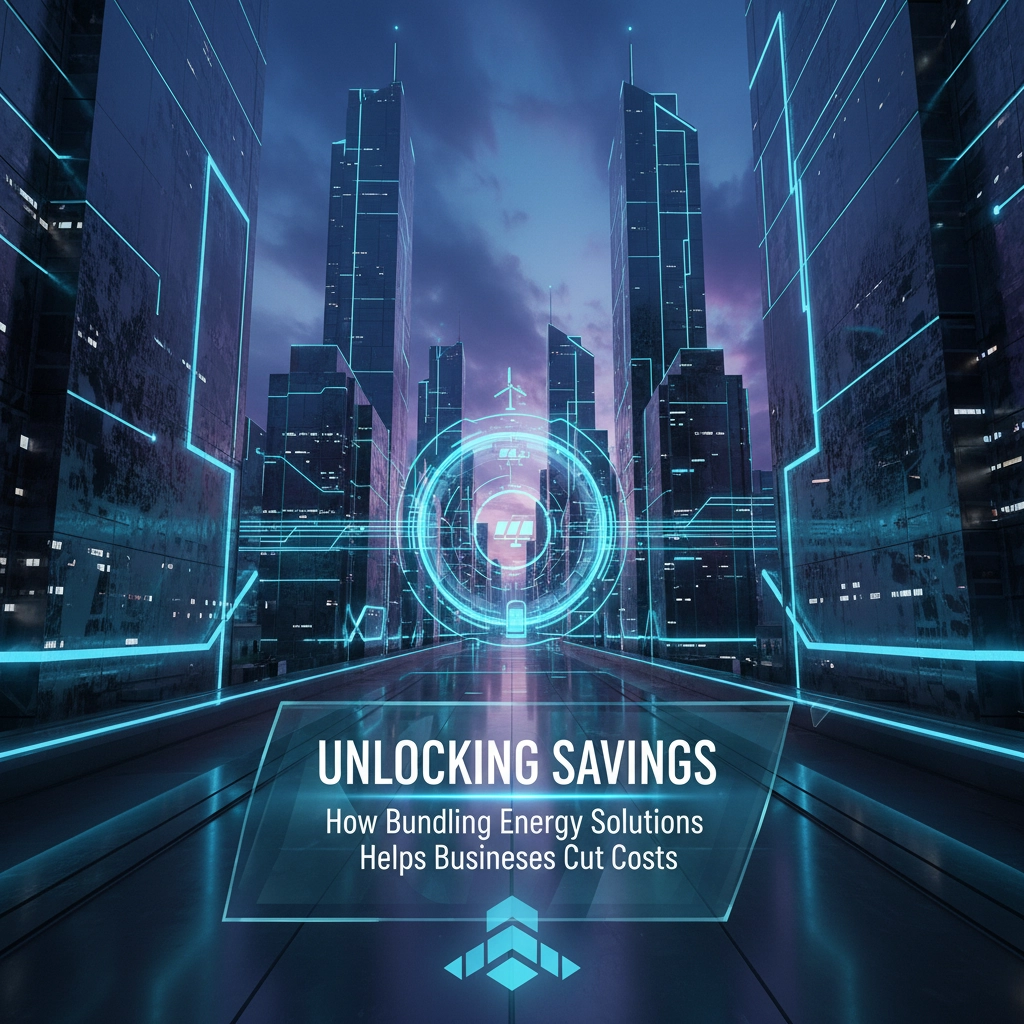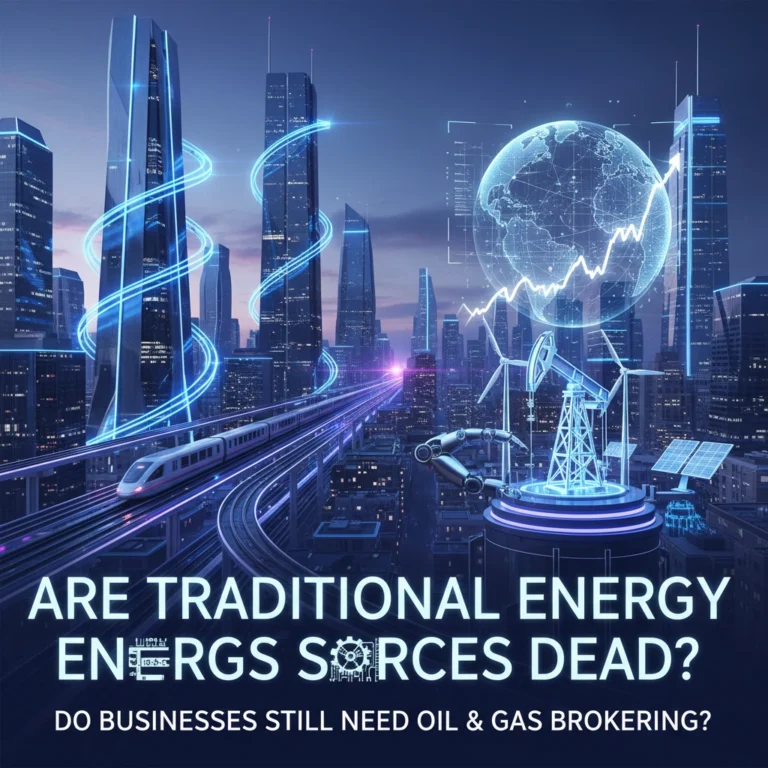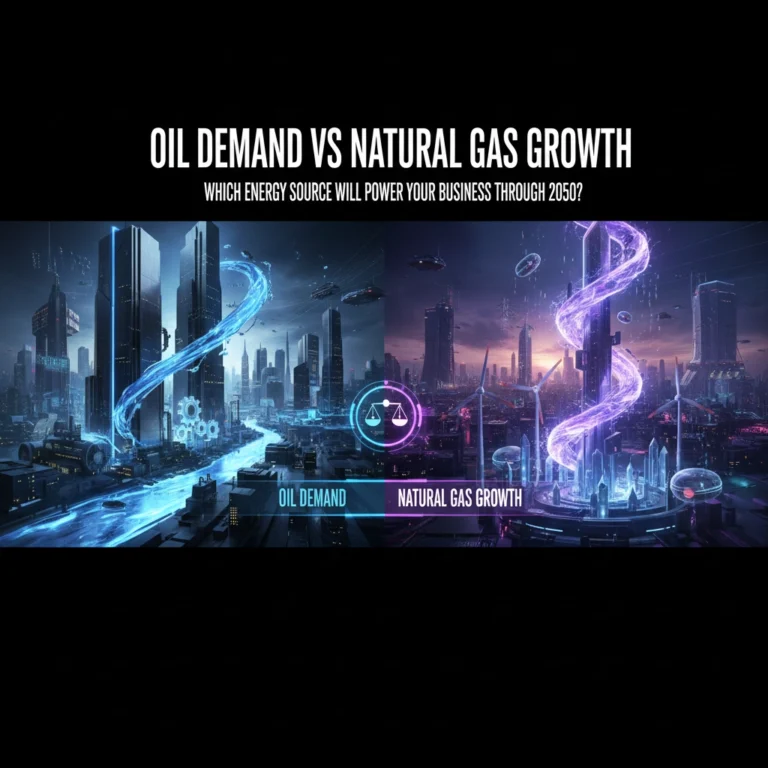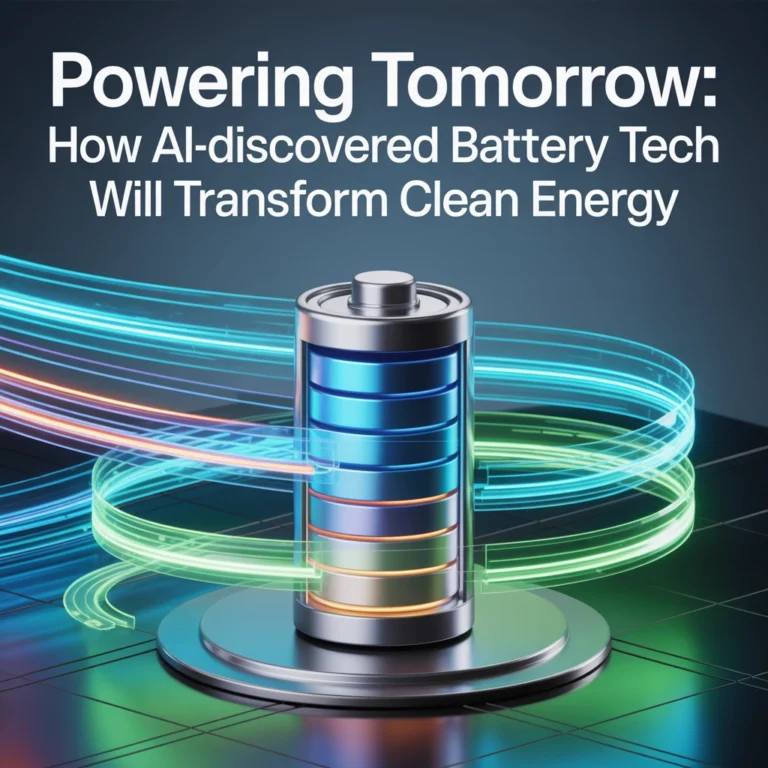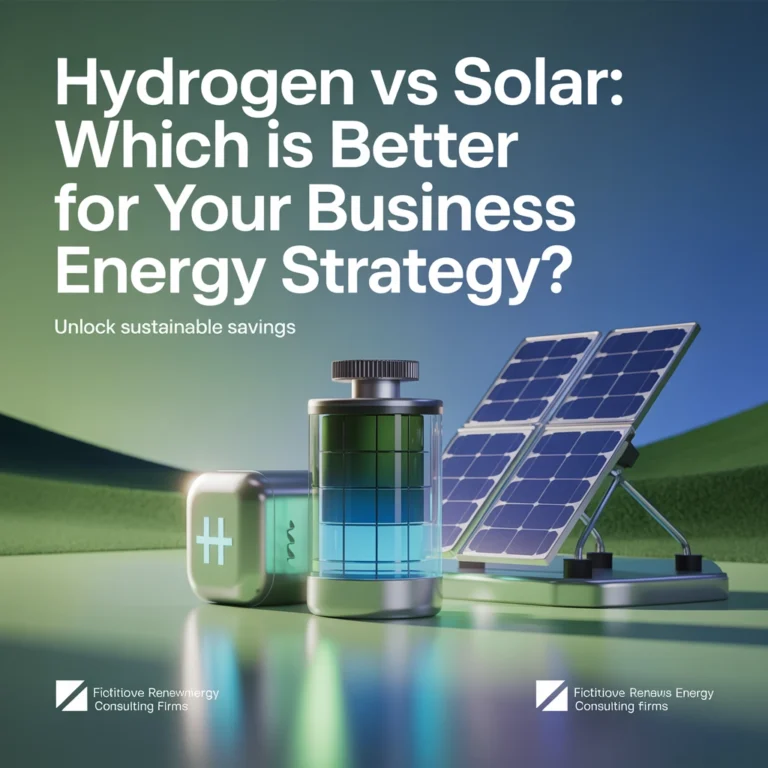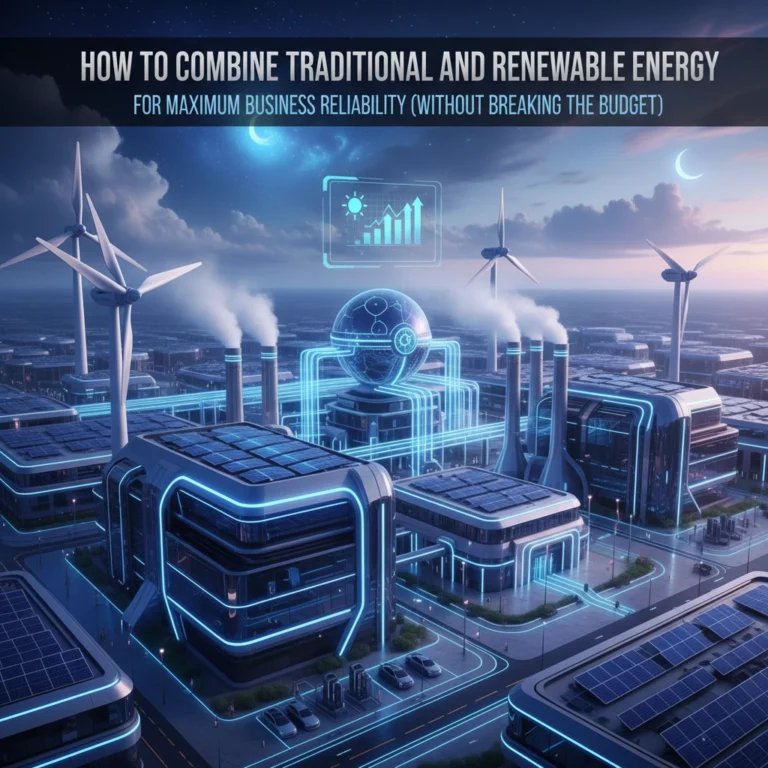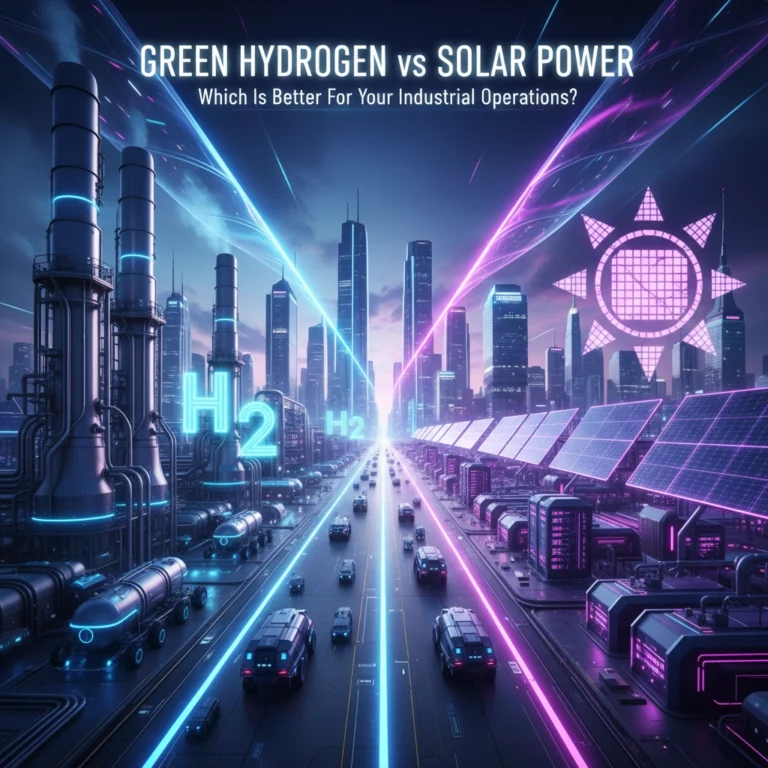Unlocking Savings: How Bundling Energy Solutions Helps Businesses Cut Costs
Running a business means juggling countless expenses, but there's one area where smart companies are finding serious savings: energy costs. If your business is like most, you're probably spending around $1,500 per month on energy – that's $18,000 annually just to keep the lights on and operations running. But here's the game-changer: bundling your energy solutions can slash those costs by up to 30%.
So what exactly does bundling mean, and how can it transform your bottom line? Let's dive into the strategies that forward-thinking businesses are using to cut energy costs while actually improving their operations.
What Energy Bundling Really Means
Think of energy bundling like getting a smartphone plan. Instead of paying separately for calls, texts, data, and insurance, you get everything in one package at a better rate. Energy bundling works the same way – you consolidate multiple energy services under one provider instead of managing separate contracts for electricity, natural gas, renewable energy credits, and energy management services.
This isn't just about convenience (though that's a nice bonus). It's about leveraging your collective energy needs to negotiate better rates, reduce administrative overhead, and create a cohesive energy strategy that actually makes sense for your business.
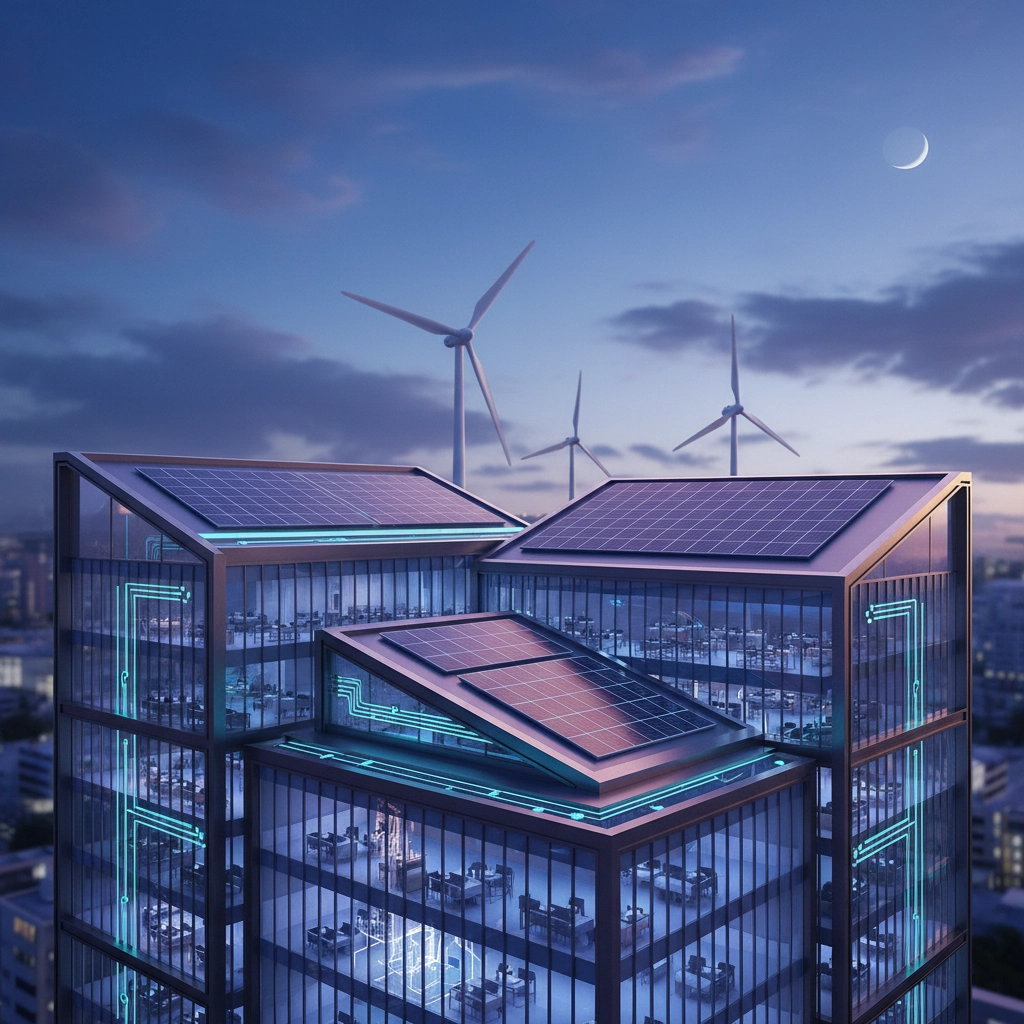
The Real Cost Savings Add Up Fast
Let's talk numbers. When businesses bundle their energy solutions, they typically see immediate savings in several key areas:
Administrative Efficiency becomes your first win. Instead of managing multiple vendors, contracts, and billing cycles, you get one consolidated bill each month. This eliminates duplicate account management fees, reduces processing time, and cuts the risk of missed payments that lead to expensive late fees or service interruptions.
Volume Discounts kick in when you bundle services. Energy suppliers offer preferential pricing for comprehensive packages because it reduces their customer acquisition costs and increases customer lifetime value. These savings get passed directly to you.
Reduced Risk Premium means lower rates overall. Suppliers view bundled customers as more stable and predictable, so they're willing to offer better terms and pricing structures.
The math is compelling: businesses implementing smart energy strategies through bundling typically save 20-30% on their annual energy costs. For a company spending $18,000 yearly on energy, that's $3,600-$5,400 back in your pocket every year.
Types of Energy Solutions That Work Best Together
Not all energy solutions play well together, but certain combinations create powerful synergies:
Solar + Storage + Grid Management forms the holy trinity of modern energy bundling. Solar panels generate power during peak sun hours, battery storage captures excess energy for later use, and intelligent grid management optimizes when to use stored power versus drawing from the grid. This combination can reduce energy costs by 40-60% over time.
Traditional Energy + Efficiency Upgrades offers immediate impact with lower upfront investment. This bundle typically includes competitive electricity and gas rates combined with LED lighting upgrades, HVAC optimization, and building automation systems.
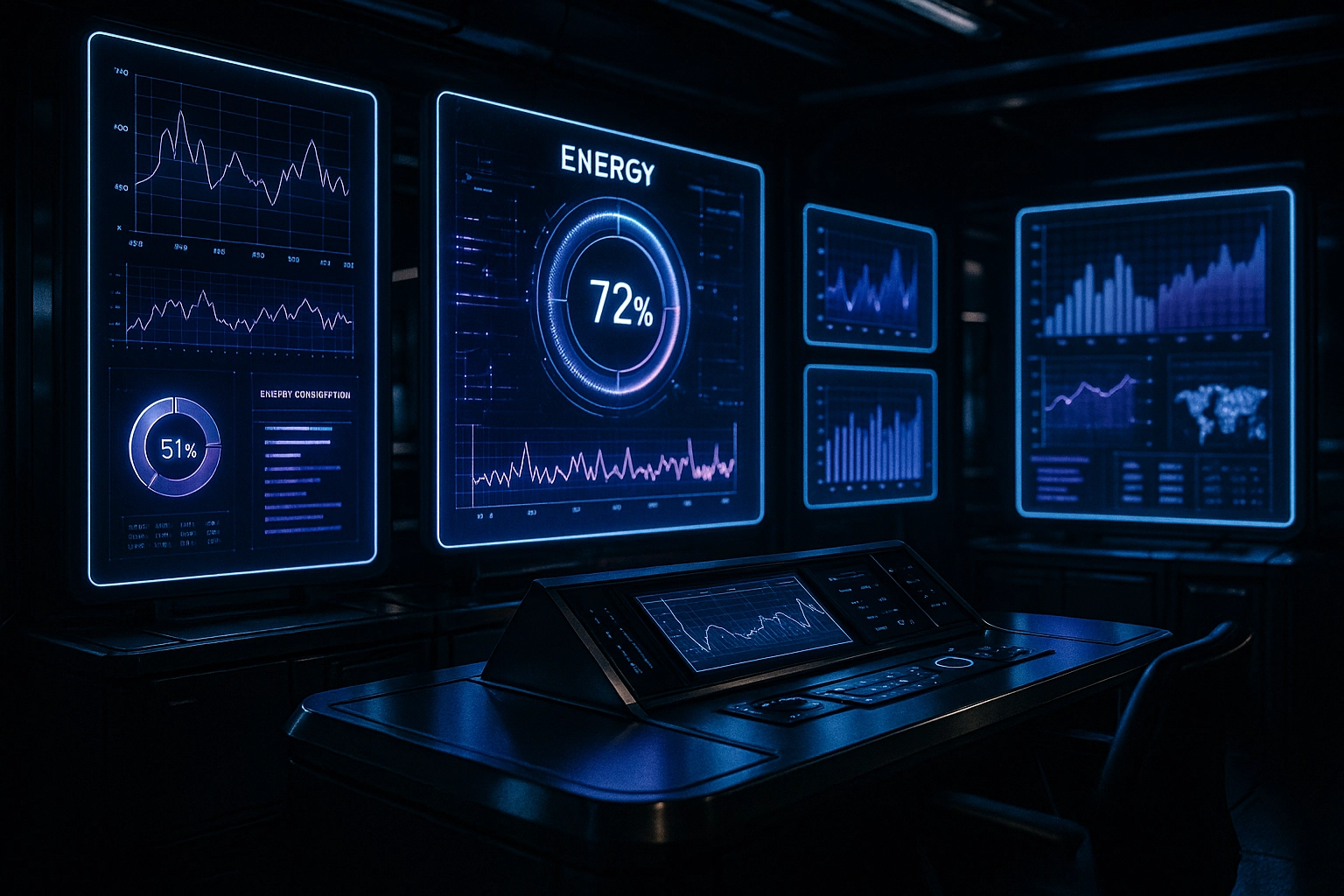
Renewable Energy Credits + Carbon Offsetting + Reporting appeals to businesses prioritizing sustainability. This bundle helps meet environmental goals while often providing tax advantages and improving brand positioning with environmentally conscious customers.
The Technology That Makes It All Work
Modern energy bundling isn't just about combining services – it's about intelligent energy management. Building automation systems now optimize heating, cooling, and lighting based on real-time occupancy data and weather forecasts. These systems can reduce energy consumption by 15-25% while actually improving workplace comfort.
Smart metering technology provides detailed insights into energy usage patterns, helping identify wasteful practices and optimization opportunities. When bundled with professional energy auditing services, businesses often discover savings they never knew existed.
The key is finding solutions that complement each other. For example, solar installations work best when combined with energy-efficient appliances and smart building controls that shift energy usage to peak solar production hours.
Implementation Strategy That Actually Works
The most successful energy bundling starts with understanding your current energy profile. This means conducting a comprehensive energy audit to identify baseline consumption, peak usage periods, and inefficiencies in your current setup.
Phase 1: Assessment and Planning involves analyzing 12-24 months of energy bills, conducting facility walkthroughs, and identifying quick wins alongside long-term optimization opportunities.
Phase 2: Solution Design focuses on selecting complementary technologies and services that address your specific usage patterns and business goals.
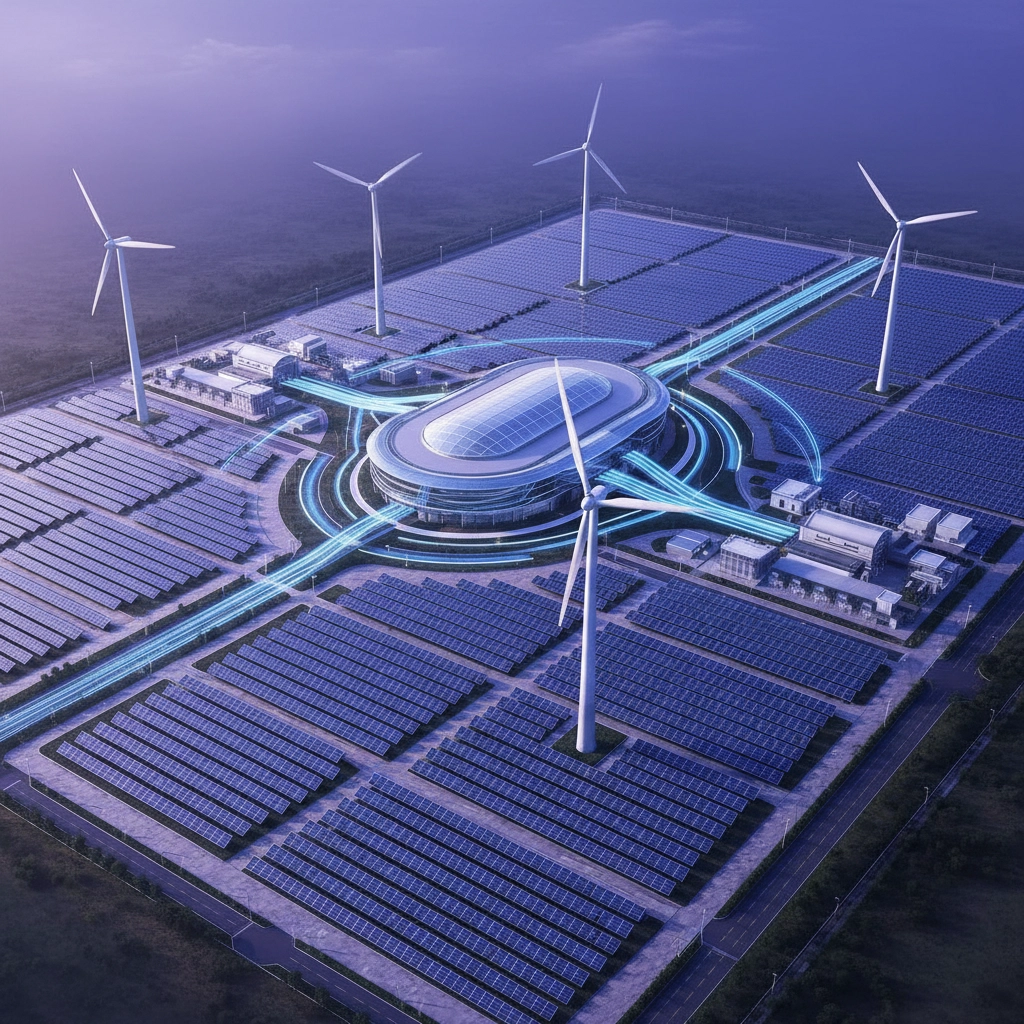
Phase 3: Implementation and Optimization includes installation, system integration, and ongoing monitoring to ensure projected savings materialize.
The timeline varies, but most businesses see immediate savings from bundled supply rates and administrative efficiencies, with deeper savings from efficiency upgrades appearing within 3-6 months.
Choosing the Right Bundle for Your Business
Not every energy bundle makes sense for every business. Manufacturing companies with heavy equipment loads need different solutions than office buildings or retail spaces.
Energy-Intensive Operations benefit most from solar + storage combinations, especially when coupled with demand response programs that provide additional revenue streams during peak grid usage periods.
Commercial Buildings often see the best ROI from efficiency-focused bundles that combine competitive supply rates with LED lighting, HVAC optimization, and building automation.
Multi-Location Businesses can leverage portfolio-wide bundling to achieve even greater volume discounts and standardized efficiency across all facilities.
The key is matching your bundle to your actual energy usage patterns rather than choosing based on what sounds most impressive.
Financial Incentives That Sweeten the Deal
Current federal and state incentive programs can dramatically improve the economics of bundled energy solutions. Solar installations can qualify for federal tax credits covering up to 30% of system costs, while many states offer additional rebates for energy efficiency upgrades.
Some utility companies provide cash incentives for demand response participation, where businesses agree to reduce energy usage during peak periods. When bundled with other energy solutions, these programs can provide ongoing revenue streams that further improve your energy ROI.
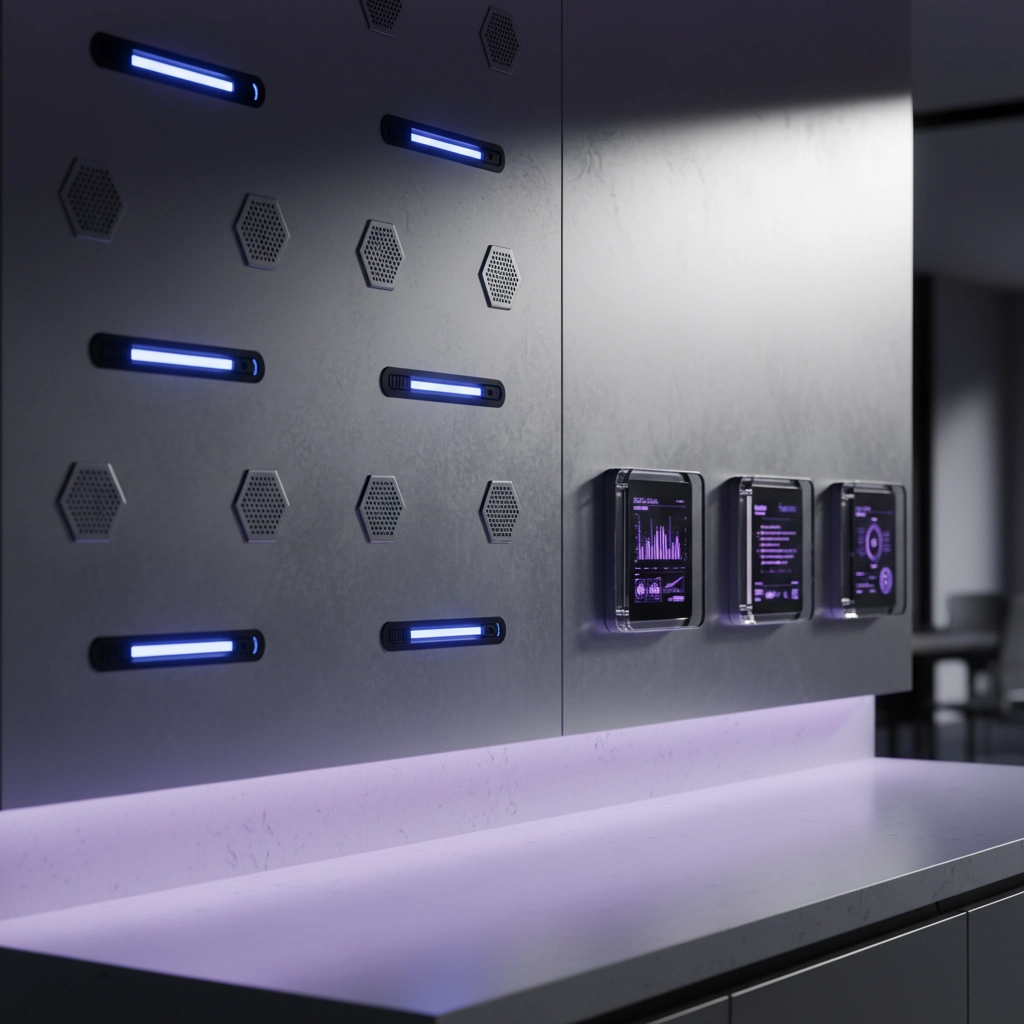
Beyond Cost Savings: The Strategic Advantages
While cost reduction drives most bundling decisions, the strategic benefits often prove more valuable long-term. Energy price stability shields your business from volatile utility rates, making financial planning more predictable.
Environmental benefits increasingly matter to customers, employees, and investors. Comprehensive energy bundles demonstrate concrete commitment to sustainability, often improving brand reputation and employee satisfaction.
Operational resilience improves dramatically with properly bundled energy solutions. Solar + storage systems provide backup power during outages, while demand response capabilities can generate revenue during peak pricing periods.
Making the Switch: What to Expect
Transitioning to bundled energy solutions is typically smoother than businesses expect. Most providers handle contract transitions, utility notifications, and system installations with minimal disruption to daily operations.
The key is working with experienced providers who understand how different energy technologies integrate. Look for companies offering comprehensive service packages rather than single-point solutions that require coordination between multiple vendors.
Timeline expectations should be realistic: supply contract switches happen quickly (30-60 days), while efficiency upgrades and renewable installations typically require 3-6 months for completion.
Ready to explore how energy bundling could transform your business costs? The potential savings are real, and the technology is proven. The question isn't whether bundled energy solutions can reduce your costs – it's how much you'll save and how quickly you want to start.
Learn more about MWEnergy's comprehensive energy solutions or explore our specialized offerings in solar, hydrogen, and innovative zero-point energy technologies.

